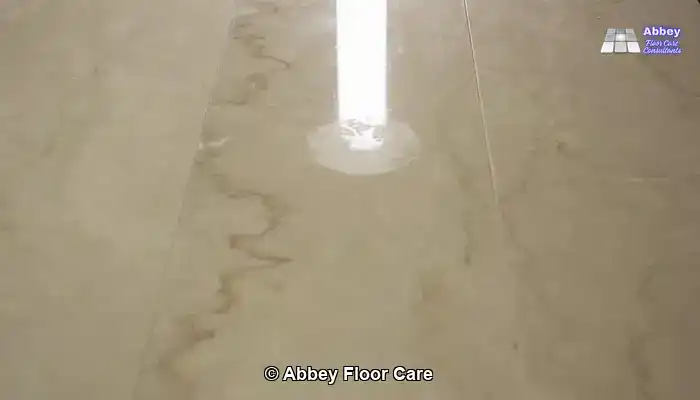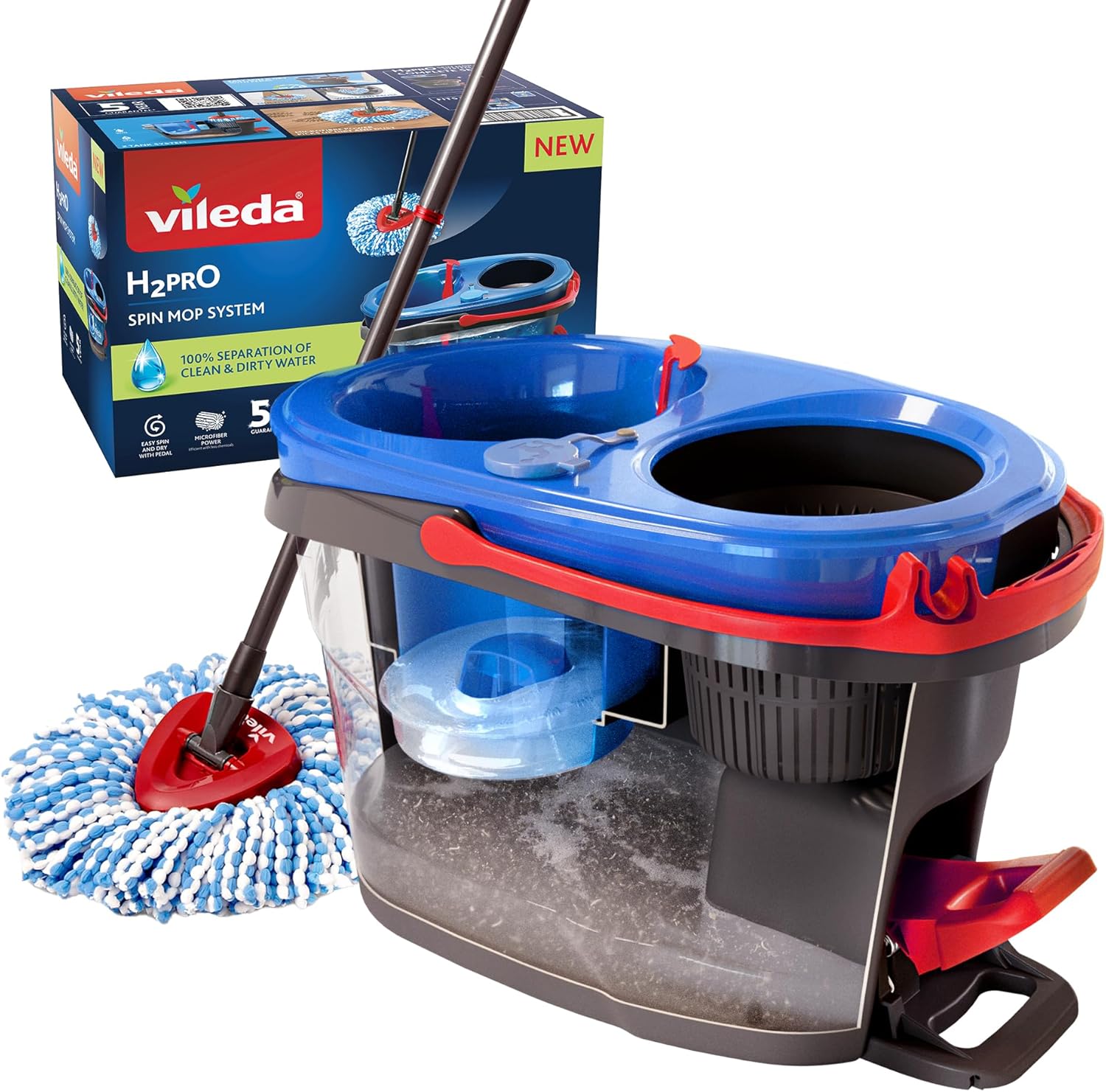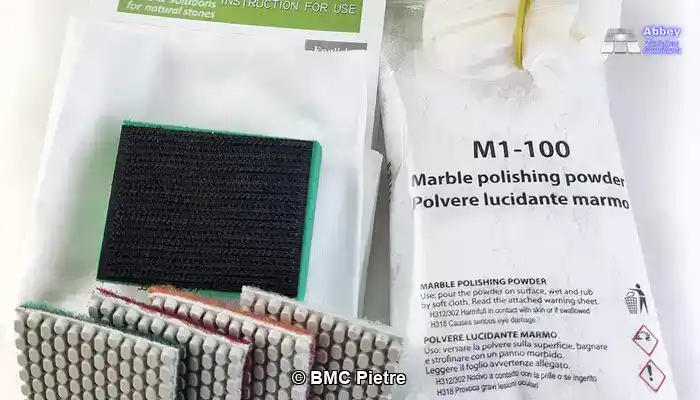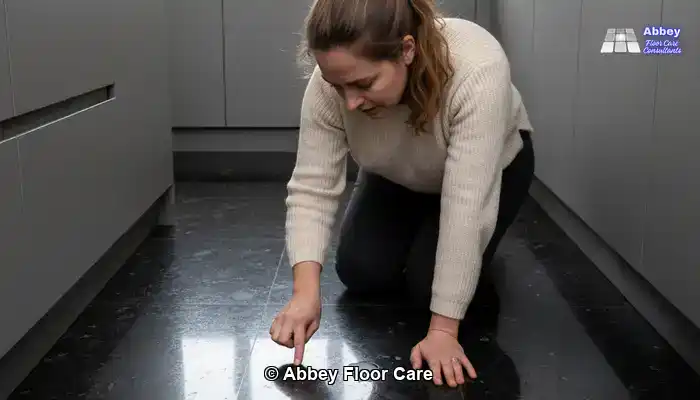Understanding Marble Etching: Essential Knowledge for Care

What Are the Primary Causes of Etching on Marble Surfaces?
Marble etching occurs due to the interaction of acidic substances with the calcium carbonate present in the marble. Common household items such as lemon juice, vinegar, wine, and various cleaning products can initiate this chemical reaction. The acidic compounds dissolve a thin layer of the marble’s surface, resulting in dull patches that detract from its natural luster. It’s important to note that even sealed marble can suffer etching, as sealers primarily protect against stains rather than chemical reactions. Therefore, even well-maintained marble can fall victim to etching, compromising its beauty.
Pro Tip: Recommended Products for Daily Marble Maintenance

Fila Pro Floor Cleaner
|

LTP MPG Sealer H20
|

Vileda H2PrO Spin Mop System
|
What Are the Key Differences Between Etching and Staining?
Many individuals often confuse etching with staining; however, these two phenomena are fundamentally distinct. Stains penetrate deep into the stone, altering its color, whereas etching affects only the surface texture. To determine the type of damage, simply touch the affected area: if it feels smoother or rougher than the surrounding stone, this indicates etching. Stains typically show a noticeable color variation, while etching presents as dull or cloudy spots. Accurately diagnosing the specific issue is crucial for selecting the appropriate remedy to restore your marble’s beauty.
Why Is Marble Particularly Vulnerable to Common Acids?
While marble is undoubtedly beautiful, it is softer than other materials like granite or quartzite. Its high calcium content reacts almost immediately to acidic substances, even if they are mild. Many household cleaners marketed as “multi-surface” or “bathroom safe” can inflict visible damage in mere seconds. When acid makes contact with marble, it starts eroding the polished surface instantly. Understanding this sensitivity is vital for effectively caring for your stone and preventing unnecessary deterioration that can diminish its visual appeal.
Detailed Look at the Components of Marble Etch Removal Kits

What Are the Common Ingredients and Their Functions?
Marble etch removal kits usually contain diamond-impregnated polishing pads and a powder made from a blend of mild abrasives, polishing powders, and chemical buffers, along with pads specifically designed for the polishing powder. These components aim to smooth the upper layer of the stone’s surface, effectively restoring some of its original shine. The underlying principle is quite simple: by gently rubbing the affected area, you polish away a fine layer of the dulled surface, allowing light to reflect evenly once again. However, the success of this method heavily relies on the depth of the etch and the specific type of marble being treated.
How Do Polishing Powders and Pastes Function?
Polishing powders and pastes utilize ultra-fine abrasive particles to address the micro-scratches caused by acid damage. When applied with pressure and moisture, these compounds can slightly remelt or burn the surface of the marble, enhancing its clarity. This technique is effective for brightening light etching; however, it does not genuinely restore the stone’s integrity. Essentially, you are refining the surface instead of repairing the material that has been dissolved by acid, which is crucial for long-term restoration.
How Do DIY Kits Claim to Effectively Remove Etch Marks?
DIY kits typically promise quick results through a straightforward “rub-in” polishing method. This process usually involves applying a small amount of compound to the dull area, working it in with a cloth or buffer pad, and wiping away any excess. While this technique may reduce the visibility of a faint etch, the improvement is often temporary. Most kits are designed for light, shallow marks and tend to fall short against deep or widespread etching that alters the texture of the stone. The effectiveness of these kits can also vary based on the density of the marble and its finish; honed marble behaves differently compared to highly polished stone.
Evaluating the Effectiveness of DIY Kits: Identifying Their Usefulness

When Are Shallow Etches Appropriate for DIY Kit Application?
Marble etch removal kits are specifically crafted to address shallow etching marks that are barely noticeable under natural light and have not compromised the stone’s texture. If the dull spot disappears when the surface is wet, this is a positive indicator that it is minor enough for a polishing compound to make a difference. In these cases, gentle buffing with the powder can help restore some shine, although the finish may not perfectly blend with the surrounding area.
What Should You Know About Deep Etches and Surface Deformation?
Deep etching presents a more complex challenge. When acid damage penetrates into the stone, it creates microscopic pits that cannot be fixed with powders or creams. This results in an uneven surface that scatters light rather than reflecting it beautifully. DIY products lack the necessary abrasives or machinery to level out this damage, leading to persistent dull patches even after multiple attempts. Over-polishing an area can also create a patchy surface, drawing more attention to the flaw rather than correcting it.
Why Do DIY Etch Removal Kits Fail to Address Deep Damage?
The polishing powders and diamond pads included in DIY etch-removal kits are designed for light surface polishing—not for tackling deeper etches. While these kits may enhance the appearance of shallow marks, they do not possess the mechanical force required to penetrate the chemically damaged layer of the stone. To effectively restore etched marble, aggressive diamond tooling is needed, utilized with electric hand machines. This process, known as diamond honing, physically grinds away the affected surface using progressively finer grits. It is the only reliable method for eliminating deep, dull patches and restoring a clear, uniform reflection.
Without this mechanical action, powders and pads merely buffer the surface. They do not reach the depth of the etch, leaving the damage visible once the stone dries.
Assessing the Effectiveness of a DIY Kit
How to Test a Kit on a Small Area for Effectiveness?
If you are considering using a marble etch removal kit, it is advisable to conduct a test on a small, inconspicuous area first. This approach allows you to set realistic expectations regarding the level of improvement you might achieve. Apply the compound according to the provided instructions, and examine the area under natural light. If the dull mark shows only minor enhancement, this result is likely the best you can expect across the rest of the floor or worktop. Always avoid aggressive rubbing, as this can lead to swirl marks and create an uneven finish.
How Can You Identify When a DIY Kit Is Ineffective?
One of the most common errors homeowners make is repeating the process too many times, hoping for better results each time. If the etched area remains cloudy after one or two attempts, the damage has likely extended beyond the kit’s capabilities. Continuing to rub the surface can wear away the stone’s protective polish, leading to a larger dull patch. At this point, you risk redistributing the damage instead of genuinely repairing it, which can exacerbate the problem.
What Steps Can You Take to Prevent Additional Damage During DIY Attempts?
Before using any product, it is essential to read the label thoroughly and confirm its compatibility with your marble finish. Avoid acidic cleaners, abrasive pads, or mechanical buffers not specifically designed for stone. Always rinse the surface thoroughly afterward to remove any residue that may react with the marble later on. By implementing these straightforward precautions, you can prevent new etches from forming and protect your marble until you can arrange for a professional evaluation if needed.
Effective Professional Restoration Techniques
What Is the Process of Diamond Honing and Polishing?
Professional stone restoration hinges on diamond honing to eliminate the upper layer of damaged marble, unveiling a fresh surface beneath. Utilizing specialized machinery and a series of diamond grits, each pass refines the surface until it regains its natural reflection. This method is entirely mechanical; it addresses physical damage rather than merely concealing it. Once honed, the marble can be polished to the desired level of gloss and subsequently sealed to ensure ongoing protection against future damage.
How Do Professional Techniques Differ from DIY Approaches?
Unlike DIY kits, professional honing completely removes the etched material instead of attempting to disguise it. The machines used are specifically engineered to maintain a perfectly flat surface across extensive areas, which is unattainable by hand. Technicians also navigate through multiple grit levels to achieve the original sheen, accommodating finishes from matte to high polish. The result is a uniform, reflective surface that restores both the aesthetic appeal and smooth texture of the stone, ensuring its longevity.
Why Do Professional Restoration Results Last Longer?
Once marble has been adequately honed and sealed, maintaining its beauty becomes significantly easier. Professional sealing products penetrate deeply into the stone, reducing the rate at which liquids and dirt can be absorbed. Although sealing cannot prevent etching, it simplifies future cleaning and helps preserve the consistent gloss achieved during restoration. With the proper care routine, the results can last for years before additional intervention is required, allowing you to enjoy your marble without constant worry.
Effective Strategies for Preventing Future Etching on Marble
What Cleaning Products Are Best for Marble Care?
The most effective defense against marble etching starts with your regular cleaning practices. Always opt for pH-neutral cleaners specifically formulated for natural stone. Avoid using vinegar, lemon-based sprays, or limescale removers, as even minor splashes can lead to fresh etches. A simple mixture of warm water and a small amount of stone-safe cleaner is sufficient for routine maintenance and helps preserve the integrity of your marble.
How to Implement Mats and Coasters in High-Risk Areas?
Proactive prevention is significantly easier than repair. In kitchens, place mats beneath chopping boards and in areas where beverages are served to catch spills before they can reach the surface. In bathrooms, keep bottles and cosmetics on trays instead of placing them directly on the marble. Even everyday items like toothpaste and mouthwash can etch polished stone if they sit for extended periods. By adopting these simple habits, you can significantly reduce the risk of damage over time.
What Is the Importance of a Gentle Cleaning Routine for Longevity?
Marble responds best to gentle care. Regularly mop or wipe surfaces, and dry them immediately afterward with a soft microfiber cloth to prevent streaks. For floors, use felt pads under furniture legs and refrain from dragging items across the surface. Consistency is crucial; regular light cleaning helps maintain the stone’s natural sheen and significantly reduces the likelihood of chemical damage occurring over time.
Making Informed Decisions About Your Marble Care
Cost Comparison: DIY Kit Versus Professional Restoration Services
In the UK, DIY etch-removal kits generally range from approximately £20 to £60, depending on the brand and size. Conversely, professional marble honing and restoration services typically cost between £20 and £40 per square meter for moderate damage, escalating to £50 or more per square meter for extensive etching or larger areas. While opting for the DIY route may initially save money, it often provides only a temporary solution for minor surface marks. Professional restoration, despite the higher upfront investment, offers a deeper and more lasting result that maintains the appearance and durability of your marble, ultimately helping you avoid costly repairs down the line.
How to Choose a Trustworthy Local Marble Specialist in Surrey?
When searching for a marble specialist in Surrey, begin by reviewing local feedback and requesting before-and-after photos of their natural stone projects. Ensure they possess specific expertise with marble, along with a solid understanding of acid etching, rather than just general cleaning knowledge. Inquire if they utilize dust-free, water-based honing systems to minimize mess and protect your home’s interiors during the restoration process.
It’s also essential to assess whether the provider is transparent about their methodology, the elements of the work included, how they manage furniture and flooring protection, and if they offer warranties or maintenance advice afterward. A reputable specialist will clearly communicate the level of restoration that is feasible and realistic for your specific marble needs.
When Is It Worth It to Invest in Professional Care?
If your marble floor displays substantial dull patches, pits that catch light, or inconsistencies in reflection across a large area, the DIY approach may inadvertently exacerbate visible damage by creating an uneven gloss or emphasizing flaws. In such instances, the expertise and controlled techniques that a professional provides are well worth the investment. Deep etching alters the structure of the stone’s surface, and only mechanical methods like diamond honing can effectively restore balance and clarity. If you desire the best long-term results and your marble is a key aesthetic feature in your home, opting for professional care is a wise decision.
Common Questions About Marble Etch Removal and Restoration
What Is Marble Etching and How Does It Happen?
Marble etching happens when acidic substances, such as lemon juice, vinegar, or wine, interact with the calcium carbonate in the stone. This chemical reaction dissolves a thin layer of the surface, leading to dull or cloudy marks that are distinctly different from typical stains. Unlike stains, etching alters the texture rather than merely changing the color, which is why simple cleaners are inadequate for resolving the issue.
Do Marble Etch Removal Kits Really Work?
These kits can be effective for very light, shallow etches where the damage has not penetrated deeply into the surface. Kits containing polishing powders may help restore some shine, but they cannot fix more severe etching. For notably visible dull spots or rough patches, only diamond honing can effectively remove the damaged layer and restore a uniform finish to your marble surfaces.
How Can I Tell If an Etch Is Too Deep for a DIY Kit?
If the dull mark disappears when wet but reappears when dry, it is likely shallow enough for a DIY polish. However, if the mark feels rough, catches light at an angle, or remains dull after gentle buffing, it is too deep for effective DIY treatment. At this point, professional honing is the only reliable solution to restore the marble’s original beauty.
What Is the Typical Cost of Professional Marble Restoration in the UK?
Professional marble honing generally costs between £20 and £50 per square meter, depending on the extent of the damage and the desired finish. Minor repair work may be less expensive, while larger or heavily etched areas can incur higher costs. The price reflects the specialized equipment and expertise required to achieve a seamless and lasting result, ensuring your marble remains in pristine condition.
Can Sealing Marble Prevent Etching?
Sealing provides protection against staining, but it does not prevent etching from occurring. Acidic substances can still react with the marble’s surface, even if it is sealed. However, sealants facilitate easier cleaning and slow absorption, making them a crucial component of long-term maintenance for your marble surfaces.
Is There a Difference Between Polishing and Honing Marble?
Yes, there is a significant distinction. Honing utilizes diamond abrasives to smooth the stone and eliminate damage, resulting in a matte or satin finish. Polishing refines the honed surface further, achieving a high gloss. Both processes are interconnected: honing addresses the underlying issues, while polishing restores the final shine, enhancing the overall appearance of your marble.
What Steps Can I Take to Prevent Future Etching?
Utilize pH-neutral stone cleaners, promptly clean up spills, and avoid acidic products near your marble surfaces. Use mats, coasters, and trays in high-use areas, especially in kitchens and bathrooms. Consistent gentle cleaning and immediate attention to any marks will help maintain your marble’s pristine appearance for years to come.
The Article Do Marble Etch Removal Kits Actually Work? (Before You Buy) first appeared on https://www.abbeyfloorcare.co.uk
The Article Marble Etch Removal Kits: Do They Really Work? appeared first on https://fabritec.org
The Article Marble Etch Removal Kits: Effectiveness and Insights Was Found On https://limitsofstrategy.com
Leave a Reply